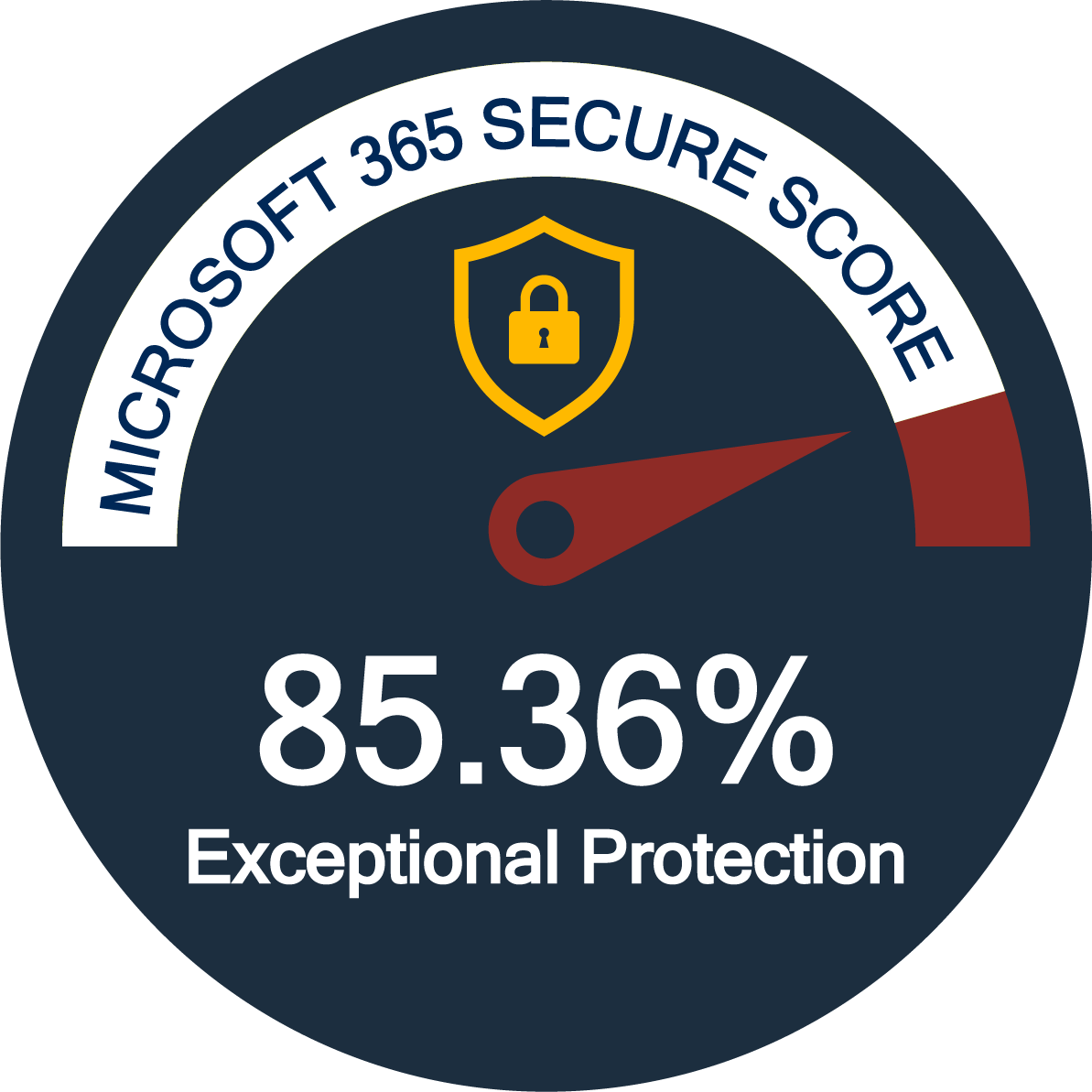Casual employees make up a crucial part of the workforce. Whether it’s supporting businesses through seasonal demand, relieving full-timers on leave, or even just representing the brand through the weekend roster – casuals are an essential part of the business ecosystem. Just as the role of a casual is different from permanent staff, they also have different legal entitlements when it comes to payroll. As an employer or payroll professional, it is your responsibility to understand how to conduct single touch payroll for casual employees and how their rate and entitlements impact your greater business.
Casuals and single touch payroll
Casuals are not exempt from single touch payroll reporting and must be included in these new processes, just as part-time and full-time staff have been considered. If casuals are also employed at another business, they must only select the tax-free threshold for one workplace. At the conclusion of the tax year, a PAYG summary will be available for casuals to access through myGov.
In the event you have a small workforce and employ seasonal and intermittent employees (short term employees who work less than three months a year), you are not held to the same casual single touch payroll requirements for those casual employees, and can instead report quarterly.
There are also casuals who identify as long-term casuals, who have worked consistently at a business for more than 12 months and can request flexible working arrangements and take parental leave when negotiated with their employer.
Changes to casual and overtime clauses in awards
Most awards have been impacted by the Fair Work Commission’s 2020 revisions to causal awards, with official Pay Calculators and Pay Guides scheduled to be updated in 2021 following these changes. Previously not entitled to overtime in the traditional sense, businesses employing casuals on most awards can expect to see amendments to:
What qualifies overtime for a casual
Hours that overtime applies for casual
How overtime loadings and casual loadings interact
This means that payroll application will need to consider the number of hours worked and at what times they were worked when reporting through single touch payroll, with casuals no longer subscribing to straightforward normal or weekends rates, but new rate qualifiers.
Considerations of a casual workforce and award change implications
Simply put, a casual compared to their permanently employed counterpart will see a higher hourly rate (known as ‘casual loading’) but with fewer entitlements, hours and no obligation for long-term employment. A business that structures its workforce to be casual-heavy (kiosks, fast food operations, etc) can enjoy great flexibility by adjusting its roster to align with demand, and there is less payroll processing to be administered without annual leave, sick leave and carers leave accrued. Even less if some of the staff are seasonal or intermittent casual employees.
Conversely, a casual-heavy workforce could result in significant wage fluctuation that exceeds casual payroll expectations and prohibits sustainable growth. Additionally, the implications of the changes to casual overtime loading may also nullify the benefits of relying on casuals outside of normal working hours.
It is also worth noting that casuals who have been employed by the business for an extended period of time may be entitled to Long Service Leave. If you are considering a total casual workforce you will need to anticipate that some casual may stay on the books long enough to redeem this leave.
Payroll responsibilities for casuals
You would be forgiven for thinking that casuals had no entitlements beyond their higher rate (which is known as ‘casual loading’, but payroll is responsible for casual staff and their lesser-known entitlements. Casual employees are allowed to take unpaid leave for community service, wherein their job is held and they are not penalised for taking this time – even if it falls in their typical rostered hours. Casuals are also allowed 2 days unpaid carers leave and 2 days unpaid compassionate leave per occasion. This means that unforeseen events can still be attended without penalty, although they will not receive payment for this time from payroll. There has also been an introduction of a new policy that affords casual up to 5 days unpaid leave for family and domestic violence (5 days for a 12 month period).
Given that this leave is unpaid, employers are only at a disadvantage if they unfold with limited notice. Casual staff, despite the number of hours worked and their tenure should be made aware of these few entitlements.
~
Payroll has a number of growing responsibilities to their permanent staff that casual staff matters can feel like another realm altogether. If your business employs a mix of employment types, consider outsourcing your payroll function to i3 Group who can stay on top of award changes and the needs of every employee.
Contact us to discuss your situation today.
Interested in more small business advice? Check out our master guide here!














































Leave a Reply